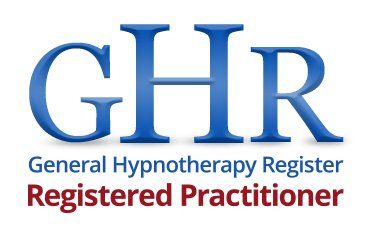About The Rewind Technique
About The Rewind Technique
What is Rewind Therapy/Technique?
The Rewind Therapy (RT) or Rewind Technique, was founded and developed by Dr David Muss in the early ’90s. Dr Davis Muss's technique has now become internationally recognised as an essential approach in the treatment of Post Traumatic Stress Disorder (PTSD).
The Rewind Technique/Therapy is different from other current trauma therapies. In the Rewind approach: No details are disclosed to the therapist/practitioner therefore the treatment is known as "Closure without Disclosure".
What is the benefit of Rewind Therapy (RT)?
The main benefit of Rewind Therapy is that it is a Non-Disclosure therapy. It simply means that the therapist does not need to hear the details of the traumatic event. This can be a relief to clients! Only the most minimal information is shared in the session. The overall biggest benefit is that this technique is a minimal risk to the client of being re-traumatised!
The aim is to permanently stop the symptoms that include nightmares, anxiety, flashbacks, avoidance, irritability, concentration challenges, pre-occupation, intrusive thoughts and much more. It helps the stuck traumatic memory to move into the filing cabinet of memories so it may decrease the sytmptoms of the traumatic event.
What can this approach be used for?
This approach can be used for any trauma. However, there are two different categories which may change the number of sessions required for the clients.
Single Event Traumas: There is one main one-off event, such as Road Traffic Accidents, Muggings, Burglaries, Death, Fire or Loss. In this case, the treatment is often implemented using two to three sessions followed by a follow-up three months after the final treatment session.
Complex Traumas: It includes multiply events or repeated traumatic events such as sexual abuse and domestic violence, any trauma where there is more than one kind of event. So, in this case, each traumatic event can be dealt with separately, over separate sessions. It is depending on the way the involuntary recall (symptoms) are represented, could also be dealt with in one session.
Who is the tehcnique useful for?
Direct victims of trauma: The trauma has happened to you as the first person.
Witness of another person's trauma : You have seen a traumatic event that happened to another person.
Emergency responders: Police, Ambulance, Fire: People have attended at a scene of a traumatic incident.
Perpetrators or Instigators: A person is responsible for the accident and involved in a traumatic event.







